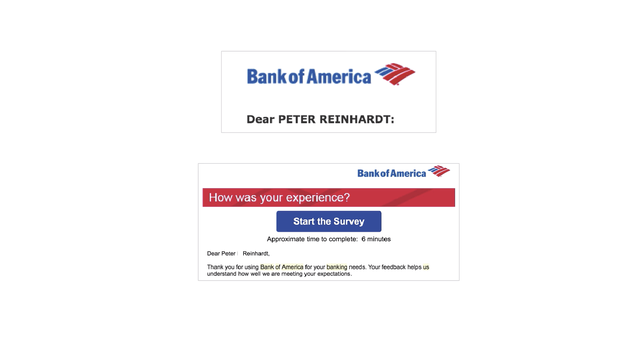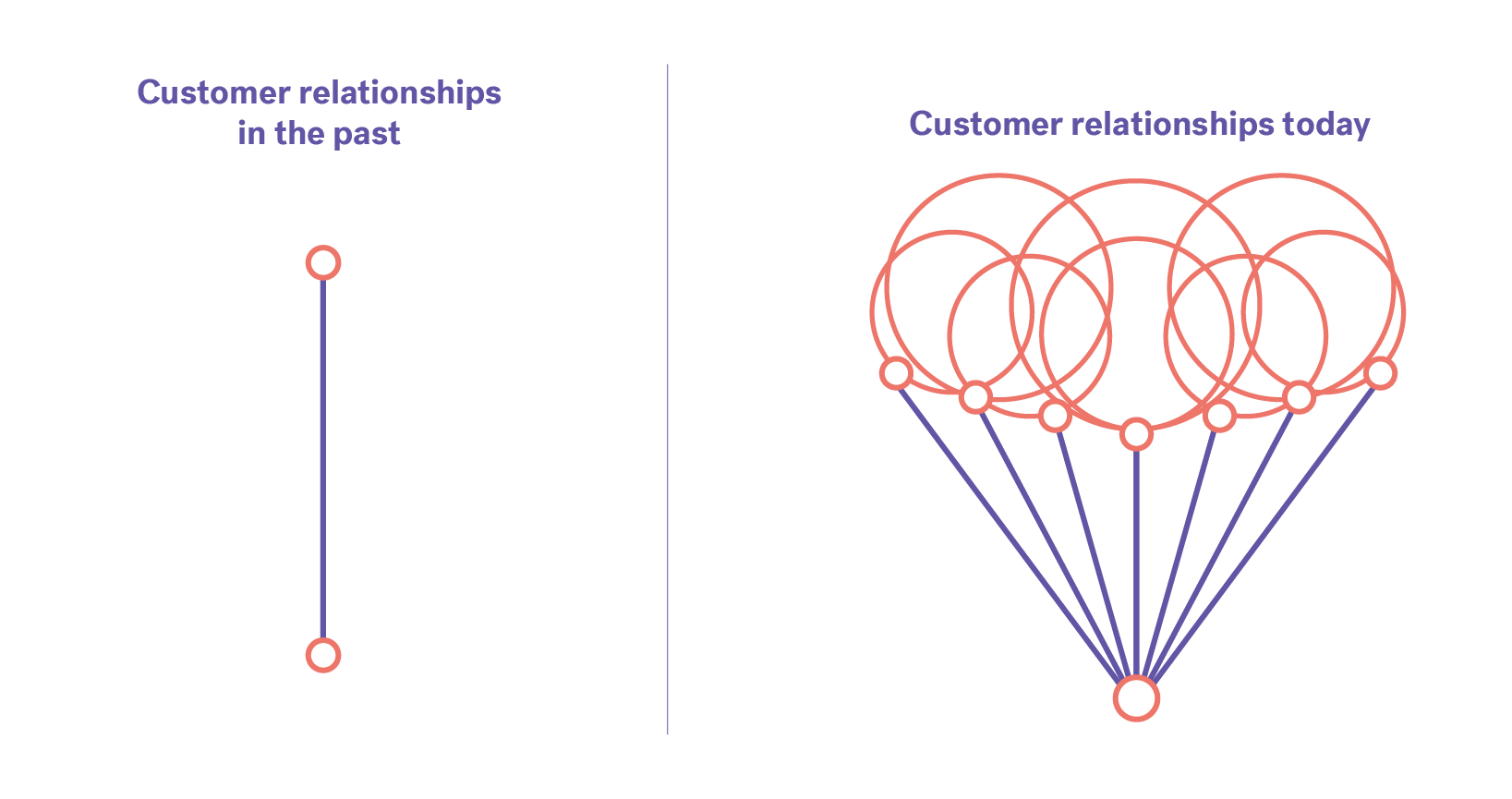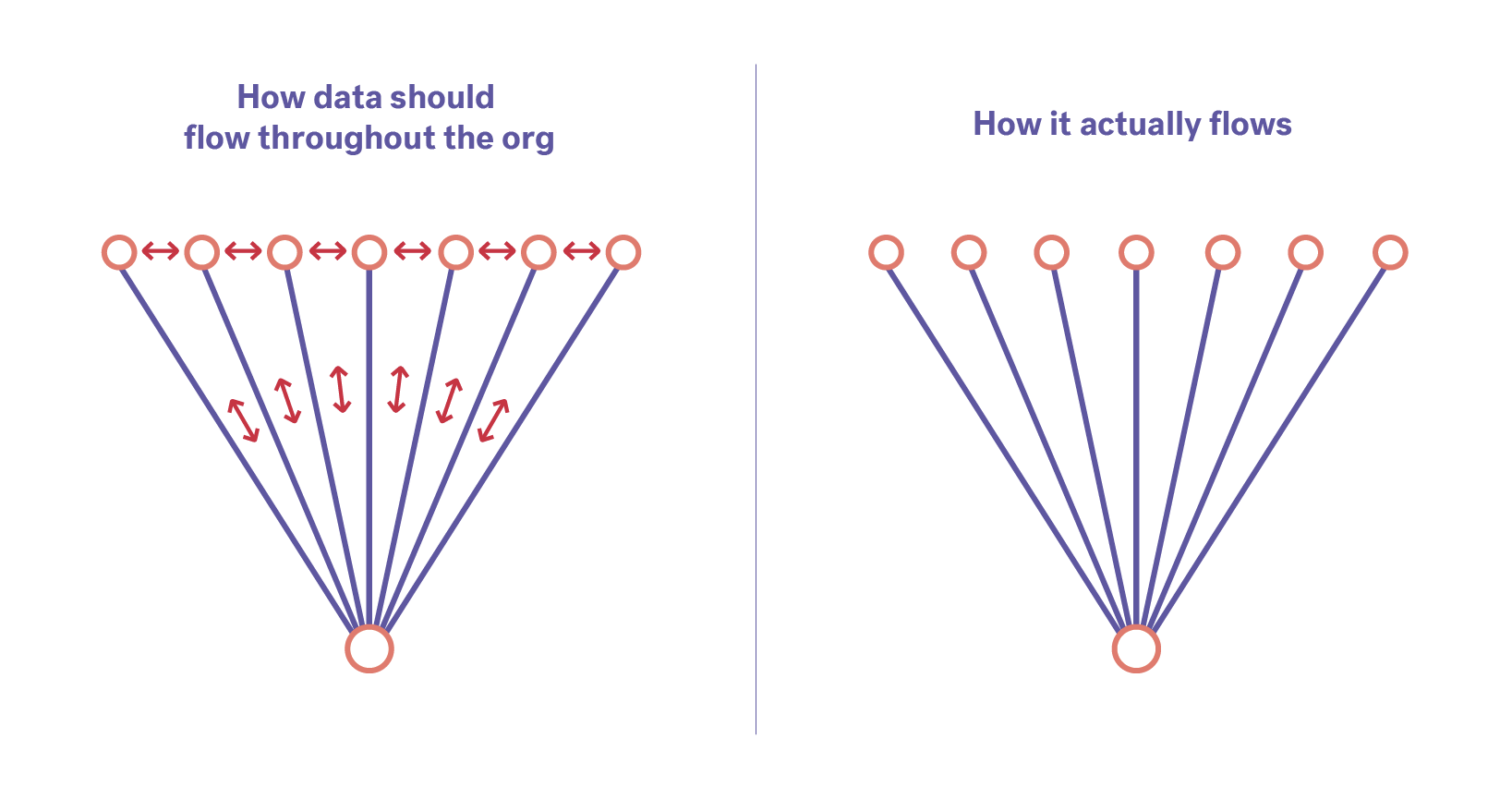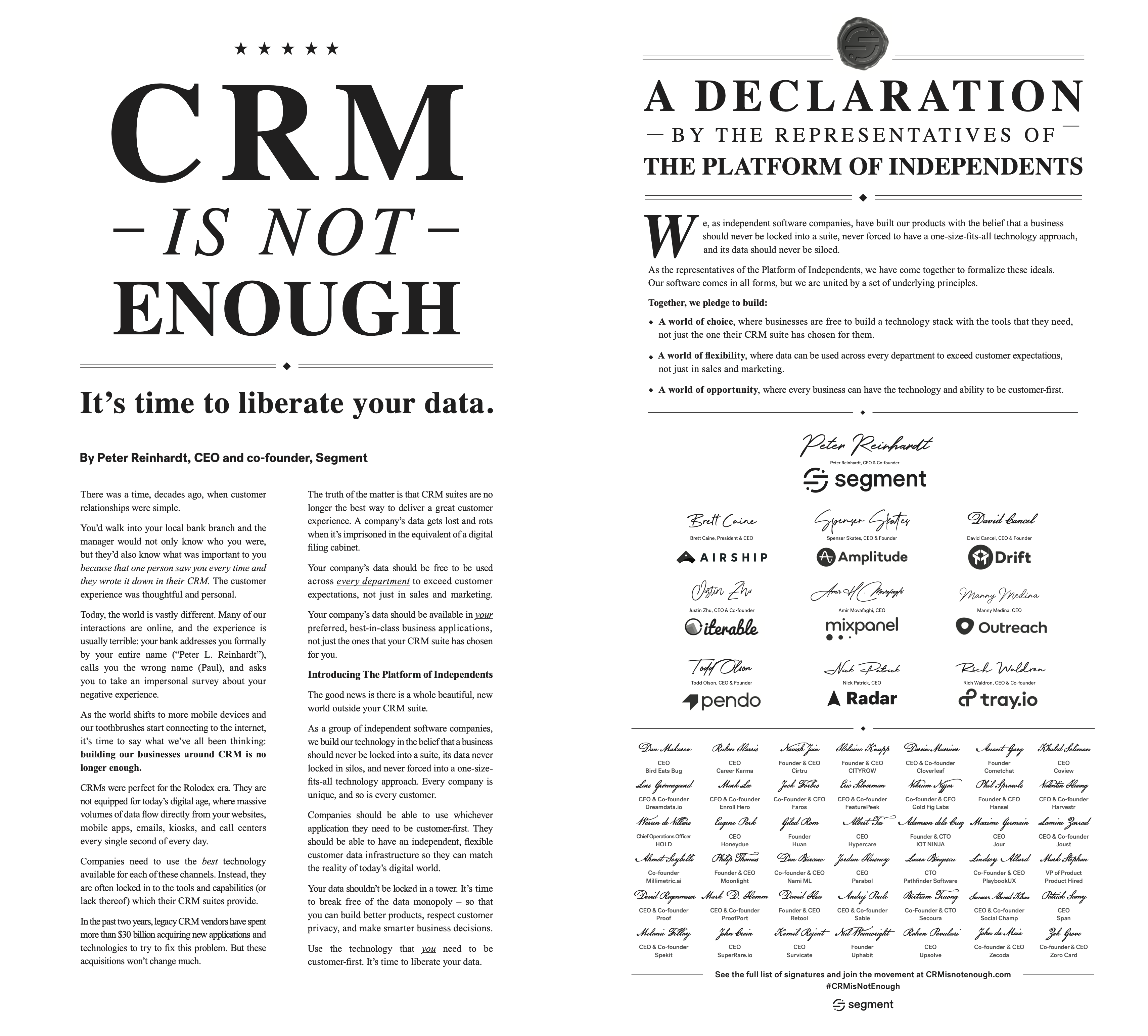CRM is not enough
It’s time we set a new standard for marketing and business technology.
It’s time we set a new standard for marketing and business technology.
When I was six years old, I was an avid coin collector. I had almost every penny between 1900 and 1995, from every mint, including the steel pennies from WWII. But there were always a few I was missing.
To build my collection, every weekend my parents took me to the local Bank of America branch. I exchanged $40 of pennies for $40 of different pennies. Admittedly, this transaction had zero direct value for the bank.
But when I showed up with my rolls of pennies, the branch manager would know me by name. The “coin kid”, he used to call me. Our entire family had our bank accounts there. My dad knew the loan officer for our car and home loan. I had an incredibly personal relationship with the bank.
But over the past 20 years, my interactions with Bank of America became more and more impersonal. Despite being a customer for decades, every experience I had with the bank started from a blank slate.
Sure, they could pull some basic, static identity attributes like my name and pop it into a static email template.

But it was as if I’d never interacted with this company before. Unsurprisingly, I left Bank of America years ago for a better, more personal banking experience elsewhere.
The internet has taken the personal, one-to-one relationship I had with a bank and shattered it across dozens of different channels.

All these channels are pulling from disparate data sources spread across different systems, all operated by different teams. I interact with the email team and their data. I interact with the mobile team and their data. I interact with the call center and their data.
It’s like reading an office directory – I can literally see the organizational structure of the bank in my interactions.
The problem is that there’s rarely any connection between these different business units. Data flows vertically, not horizontally throughout the organization, destroying their ability to personalize any of their experiences.

Companies today are spending billions of dollars to try to solve this problem. They're hiring data engineering teams. They’re building point-to-point connections between different data sources.
Or, most commonly, they’re trying to jam this data into one-stop-shop technology suites – CRMs – to consolidate all their data in one place.
In the past, you could manage customer relationships easily with CRM. When I was growing up, our branch manager in Bank of America knew who I was, who my family was, what my interactions were, when we wanted to buy a house, when our family was growing, etc…he certainly had a CRM to store all this information as notes.
In that world, one person, usually a salesperson, owned each and every customer relationship, and that person manually documented their conversations in their CRM.
But thanks to the explosion (and fragmentation) of digital channels today, CRMs are incapable of handling all the critical data a modern business needs: activity on your website and mobile apps, email, push notifications, support tickets, payment systems, and more. To take Segment as an example, the data we sync from some of the sources above is 30x greater than what we hold in CRM.
Worse still, CRM is usually bought or built to suit the needs of a specific department (usually sales) rather than the entire company. Too often, teams are locked into using whatever other software is part of the larger CRM suite (usually that software was glued on via acquisition).
These bolted on applications for customer support and marketing lack the functionality and flexibility to adapt to a businesses’ unique requirements. When we think of best-in-class tools, we don’t think of CRM suites.
The fact is, there is no “single pane of glass” for the entire company. When every team needs a different view of the underlying customer record, a one-size-fits-all pane of glass just won’t cut it.
Today, we’re joining forces with our top partners and hundreds of other companies to commit to a world where data can flow freely from every single customer touchpoint to every single department in your company.

View our letter and pledge here.
Our commitment is a reflection of three market forces in software today:
It’s been predicted that the current technology landscape is reaching saturation point and that consolidation is inevitable.
We think the opposite is true.
With the rise of the cloud, open-source, the API economy, and digital everything, the landscape is becoming more fragmented, not less, and will continue to be so over the coming years. We think best-of-breed beats Jenga-tower-suites and are building our software and systems to work with, not against, each other.
For the past two decades, CRM companies have used data as a defensive strategy, a moat to lock you in. Sure, it’s technically possible to migrate your data away from legacy CRM systems, but with great complexity and switching costs.
The balance of power is slowly moving to companies that keep their data portable and easy to move from one environment to another. The future belongs to companies that allow data to be held in formats usable across a variety of platforms, not only in formats prescribed by a specific vendor.
Historically, companies have bought software according to a narrow set of criteria: cost, delivery speed, process, ease of implementation. Going forward, we think businesses will adopt software where the primary benefits accrue to the end-customer.
This is the reason why so many enterprises are rushing to go ‘direct-to-consumer’. It’s not surprising that companies like Bank of America are trying to ‘digitally transform’. Companies that are able to better understand and reach their users will have a competitive advantage.
Our pledge is signed by over 190 companies, including ten of the fastest-growing startups in technology. However, this is just the beginning. We believe there are thousands of other companies out there who are equally reluctant to be held captive to the technical and contractual chains of yesterday’s software.
We’d love for you to sign the pledge, and help enable this new, open, post-CRM world.
We’d also love if you could join us for our upcoming webinar, where we’ll be discussing how your company can build a customer data technology stack that goes way beyond CRM.

Our annual look at how attitudes, preferences, and experiences with personalization have evolved over the past year.